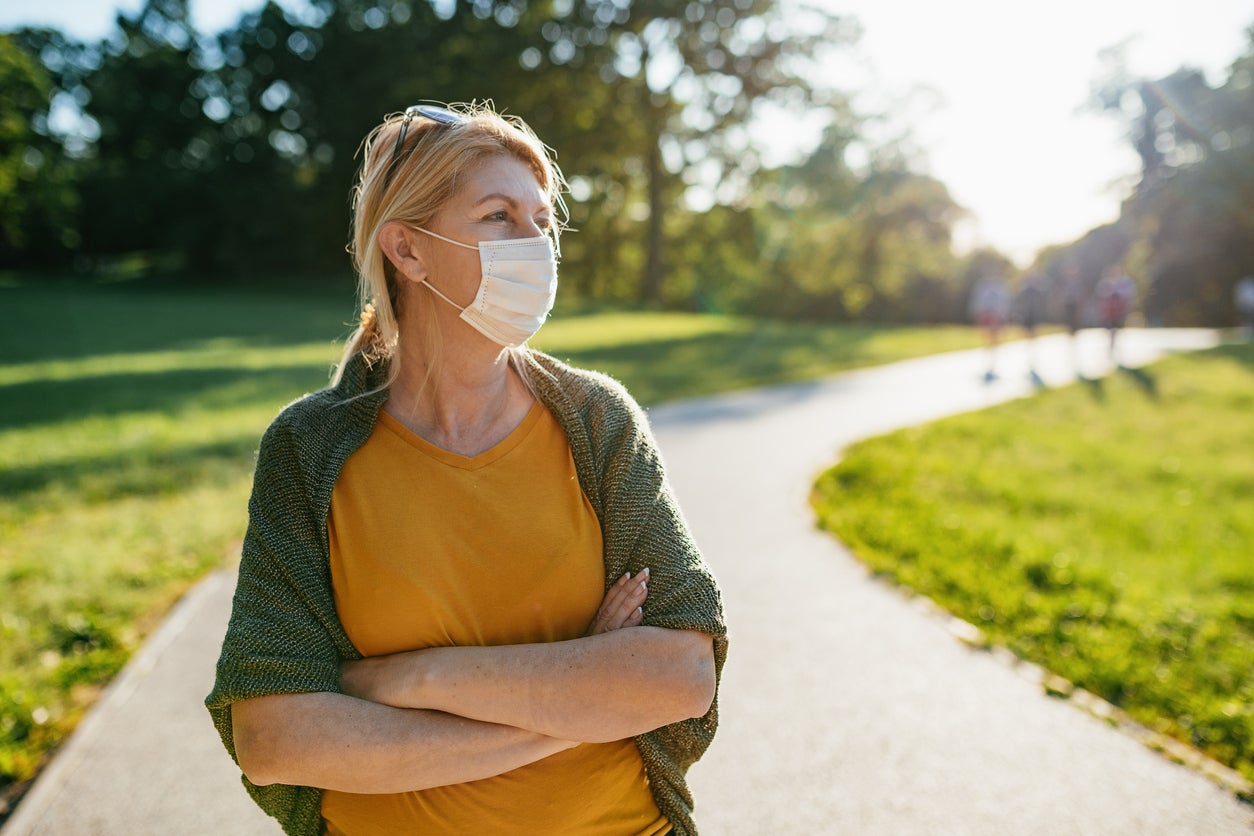The pandemic continues to spread, exacerbating the problems affecting millions of people in the world’s cities, especially those living in a situation of greater informality and inequality. When COVID-19 broke out, I wondered what the tendencies of pandemics have been in the history of cities. To my surprise, I was able to identify four trends that, in my opinion, are still present: the uncertainty that feeds the “infodemics,” the search for culprits for potential retaliation, the dichotomy between isolation and socioeconomic deterioration, and last but not least, the persistence of the vicious circle of vulnerability; that is, the most disadvantaged communities are the ones that end up suffering its effects disproportionately longer. Blog The sneaky enemies

While understanding these trends helps us connect the past with the present, the current challenge is to understand the complexities of this catastrophic experience in order to create a better future for all; that is to say, to overcome the vicious circle of vulnerability. There is no single answer to this dilemma. From an urban planning perspective, many specialists feel uncomfortable because the coronavirus is changing one of the most accepted conceptions of how our cities should be.
The most prestigious urban planners maintain that it is essential to achieve greater density, social inclusion, sustainable mobility, and physical and virtual interconnectivity to avoid the environmental problems derived from a culture centered on the automobile and territorial expansion. Through urban policies, the supply of accessible housing or subsidies is encouraged for households with different income levels, particularly those with fewer resources. The rehabilitation of buildings, especially in central areas, would increase the density lost. A design based on their mixed use would encourage social interactions to facilitate life in the vicinity. This vision could be synthesized in the 15-minute city, where all residents can access essential urban services in that fraction of time, either by walking or cycling. In other words, the aim is to build more compact, inclusive, and interconnected cities.

However, as Philip Kennicott of The Washington Post stated in his investigation “Designing to Survive,” COVID-19 is reconfiguring these conceptions. It has challenged eminent ideas about dense cities and the current modus vivendi and operandi of the buildings we reside, work, and even die. Kennicott emphasizes the need to transform the architecture into a more organic science, one that experiments with and encourages the creation of urban constructions interwoven with the environment that surrounds us, protects and inspires us to live more healthily, a topic that will gain greater impetus in the post-pandemic period.
Moreover, millions of low-income families are forced to earn a daily living in insecure peripheral city areas, as they lack the opportunities or skills to work through computers. They reside, in the best of cases, in precarious, overcrowded houses with unhealthy habitats. It is no coincidence that cases of domestic violence have increased considerably under these conditions. Blog: Cuando el Peligro está en Casa. In Buenos Aires, for example, on the first day of the mandatory quarantine, 41 women reported gender-related violence. This situation later worsened, particularly in the urban areas most exposed to the coronavirus. As weeks of confinement have turned into months of isolation, the concept of the compact city is under scrutiny.

Given this situation, we must rethink a crucial issue that we have ignored. Efforts to foster agglomeration, inclusion, and interconnection are relevant, but understanding the determining factors that generate healthy urban environments is crucial. In this regard, Jason Corburn, professor at the University of California-Berkeley, invites us to reflect on this subject: “Urban places and the city planning processes that shape them, particularly those processes governing land use, housing, transportation, job opportunities, social services, the quality of the urban environment and opportunities for public participation in local government, are increasingly understood as powerful determinants of population health.”
The World Health Organization also stresses that people’s well-being depends primarily on their circumstances and their habitat. In a predominantly urban world, the attributes of where we live, the level of education and family income, and the extent of personal relationships and networks are “social determinants” of health, interacting with each individual’s genetic condition behaviors. The degree of access to and utilization of health services is only one part of this whole equation. For these reasons, the distinctive features of cities, their governance processes, the environment, the coverage of basic needs, the provision of public services, access to fresh food, and the quality of buildings play a crucial role in the physical and mental health of citizens, not only the number of clinics and hospitals available to them.
The Spanish version of this blog entry was originally published by El País.


Leave a Reply